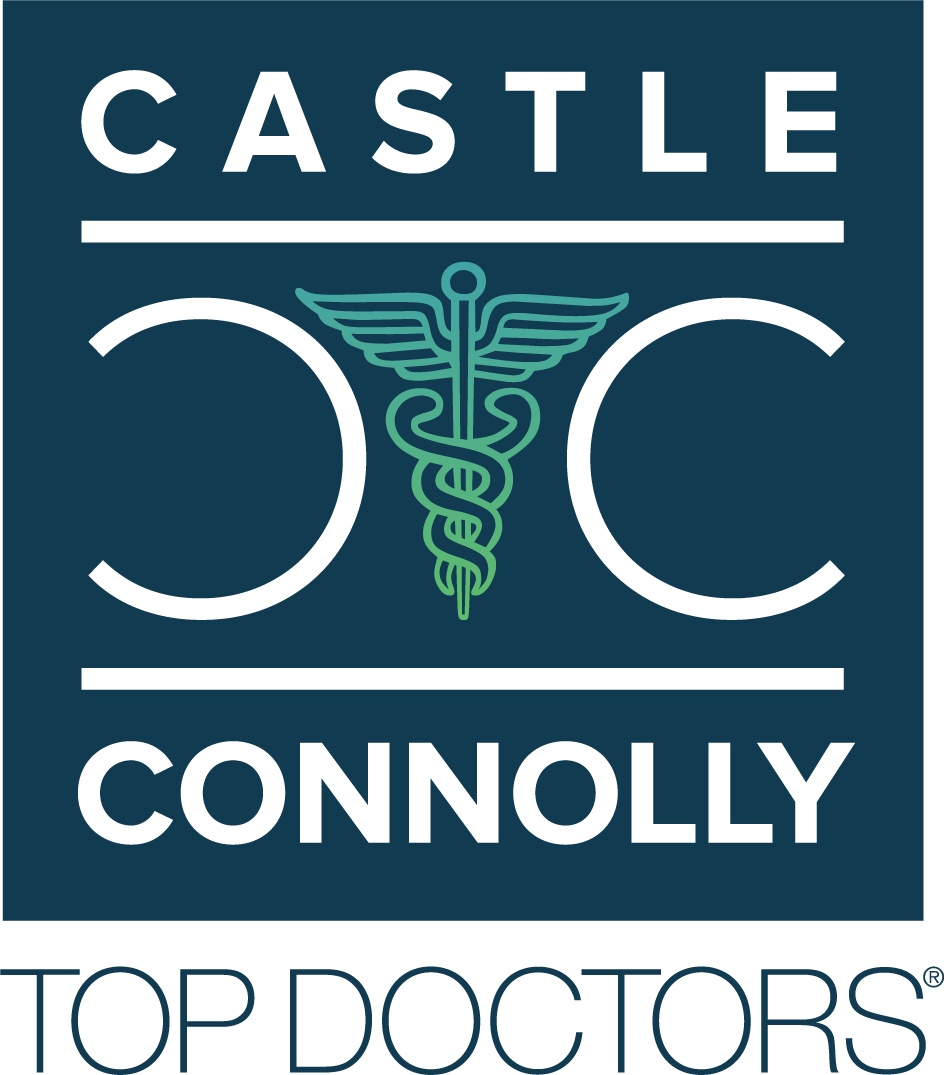Potential Downsides of Sclerotherapy
Modern sclerotherapy techniques are highly effective in reducing or eliminating unsightly varicose veins, reticular veins and spider veins. But any therapy presents potential drawbacks or risks to some patients, and here at the Vein Institute of New Jersey with eight (8) convenient locations, in Clifton, Landing , Livingston, Morristown, Princeton, Rockaway, Shrewsbury and Westfield., we believe patients should be aware of all the potential consequences of their health care choices, so they can make informed decisions. In our previous blog we talked about the benefits of sclerotherapy treatments, so now let’s address the potential downsides. These aren’t necessarily risks, but things to be prepared for. Here are the Top Ten downsides of sclerotherapy treatments, in random order:
- While most patients only require one sclerotherapy treatment to reduce or eliminate problem veins, some may need more. Some veins are just stubborn and need to be reinjected before they disappear.
- Most patients report feeling little discomfort as a sclerotherapy side effect – the most common complaint is some mild itching on the evening of the injections.
- Some patients experience a slight to moderate burning sensation immediately after the sclerotherapy injection—this is rare and almost always relieved by Tylenol®.
- You must wear compression stockings or compression bandages for a short while post sclerotherapy>, in order to achieve the best result. Almost no one complains about the injections…several people complain about the stockings!
- You may engage in vigorous physical activity immediately but you will need to wear the stockings! This might not produce the desired effect at the gym!
- You will be encouraged to walk immediately after the procedure, which some sedentary patients may consider demanding.
- Allergic reactions to the chemical used in the procedures can occur in rare instances.
- Bruising around the treatment area and clots at the injection site occasionally develop, which usually resolve without treatment.
- A slight blistering of the surrounding tissue has been reported.
- A small percentage of sclerotherapy patients develop a network of tiny pink vessels called “matte telangiectasias” which usually resolves without treatment.
We’ve given equal time to the upsides and downsides, but the clinical reality is that the overwhelming majority of sclerotherapy patients have very positive outcomes. However, patients should be aware of all facets of their treatment’s potential outcomes.




